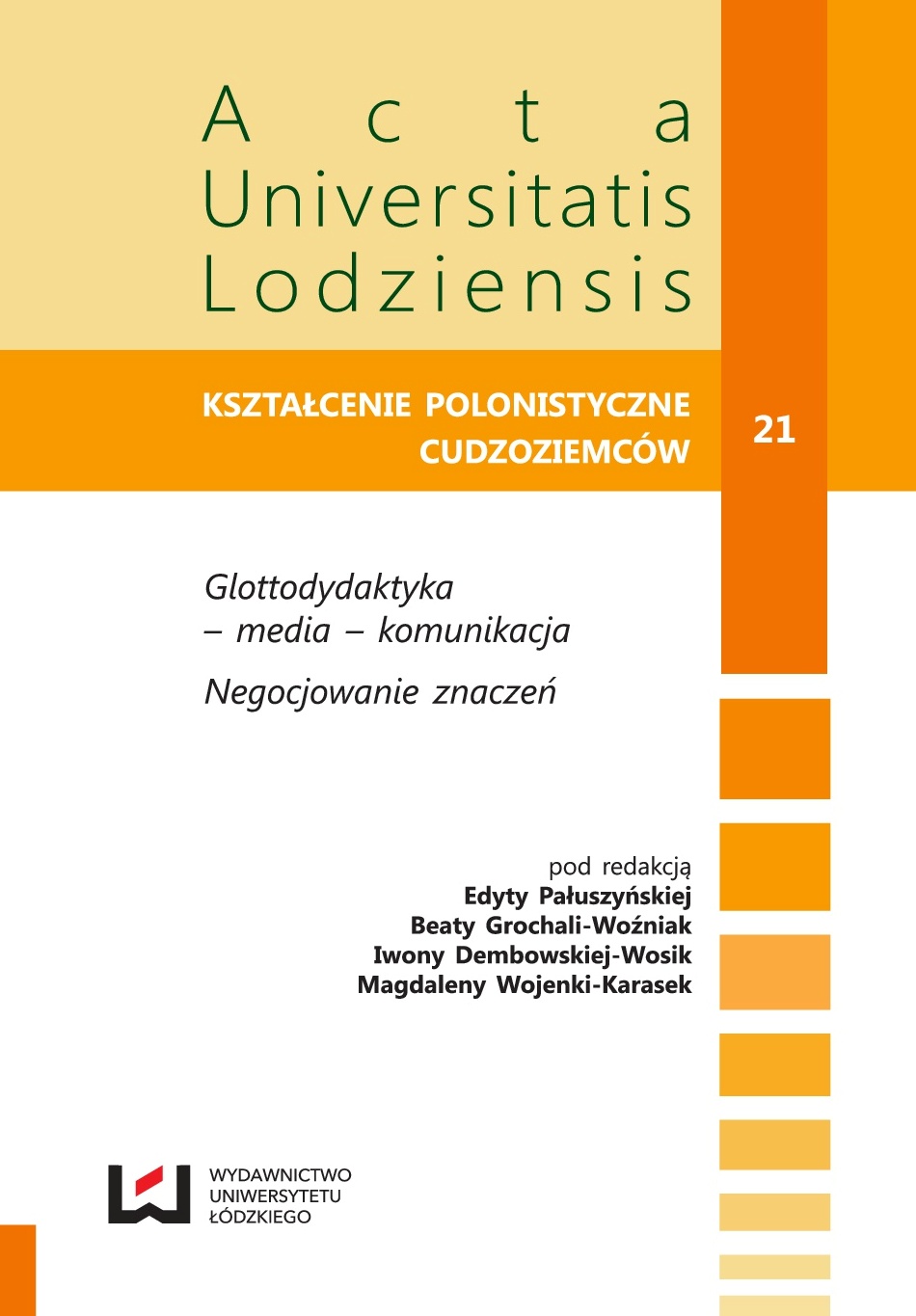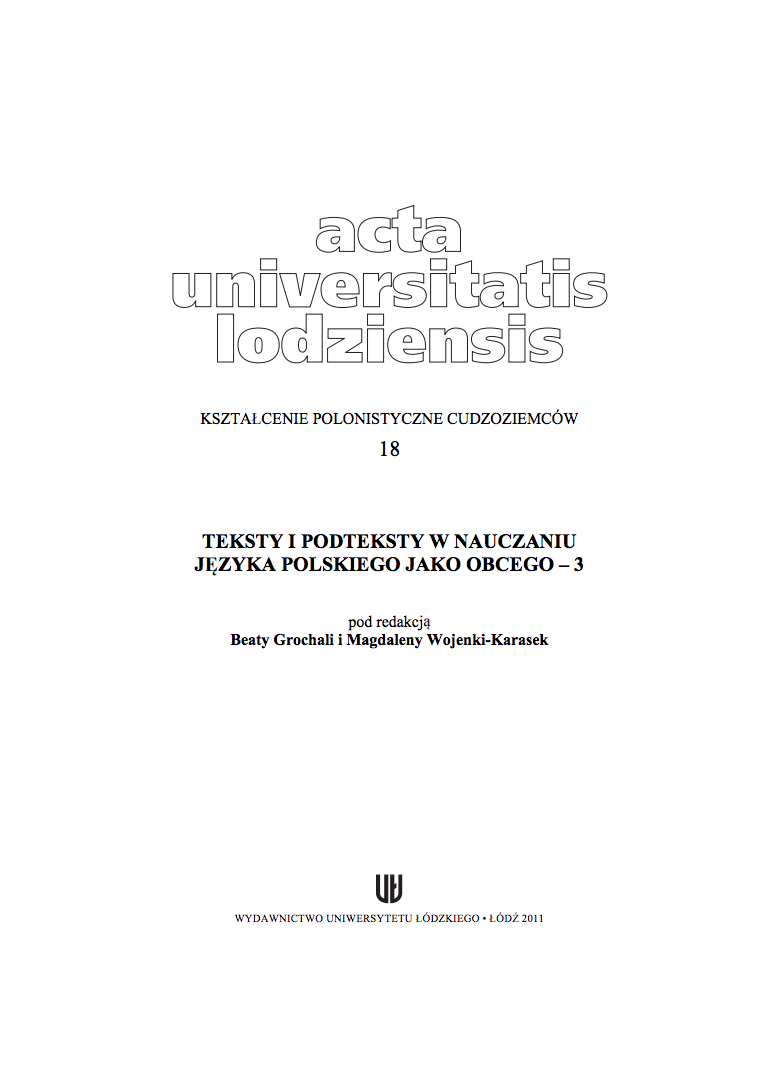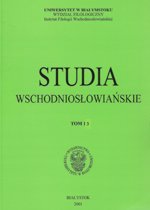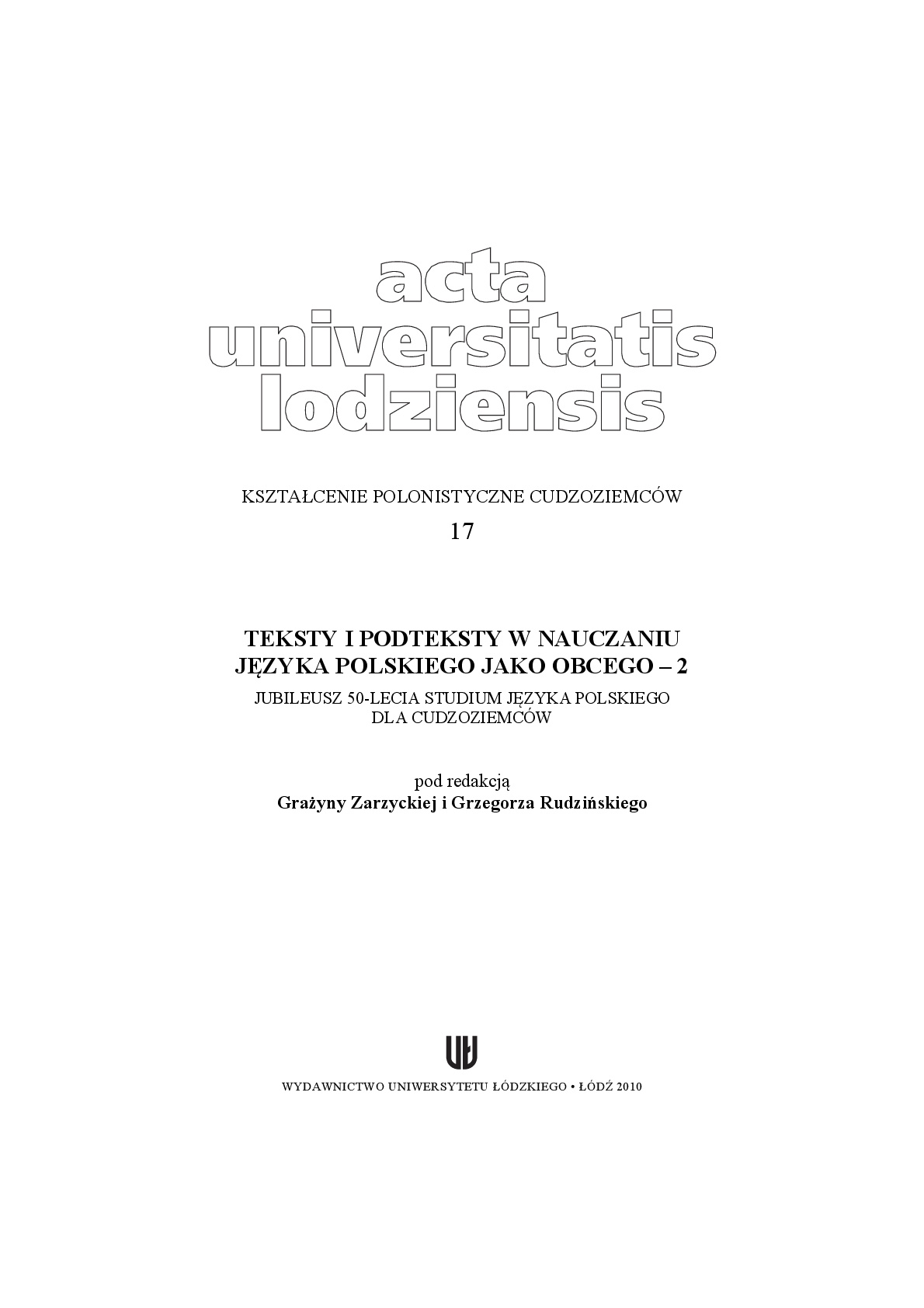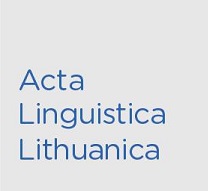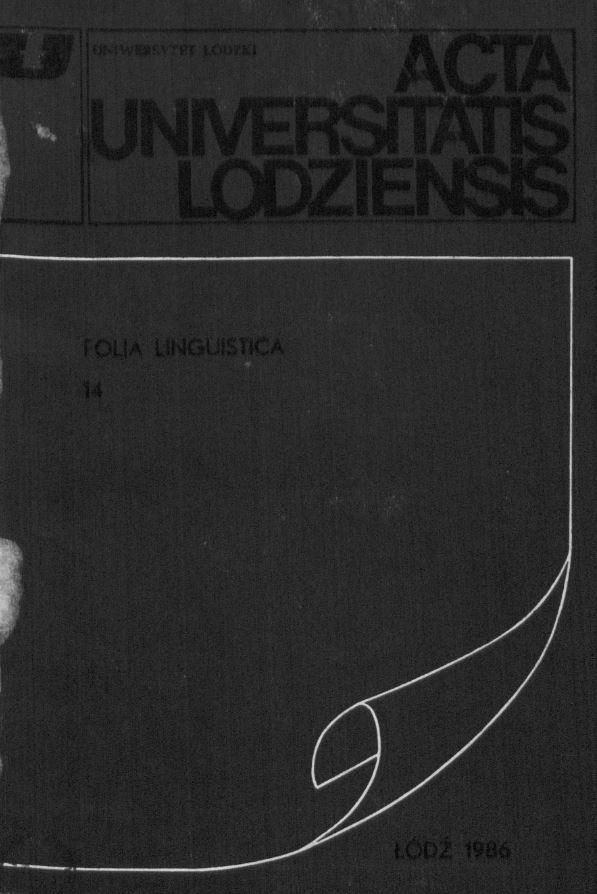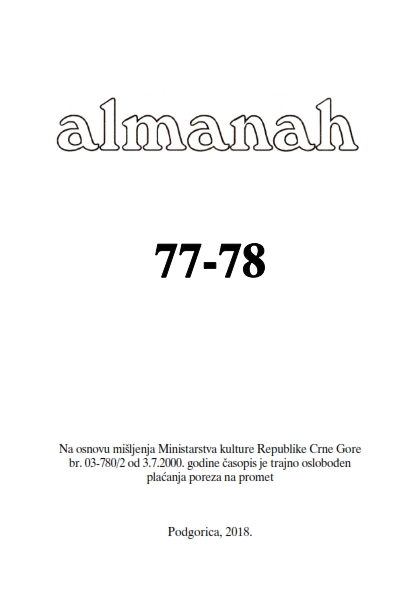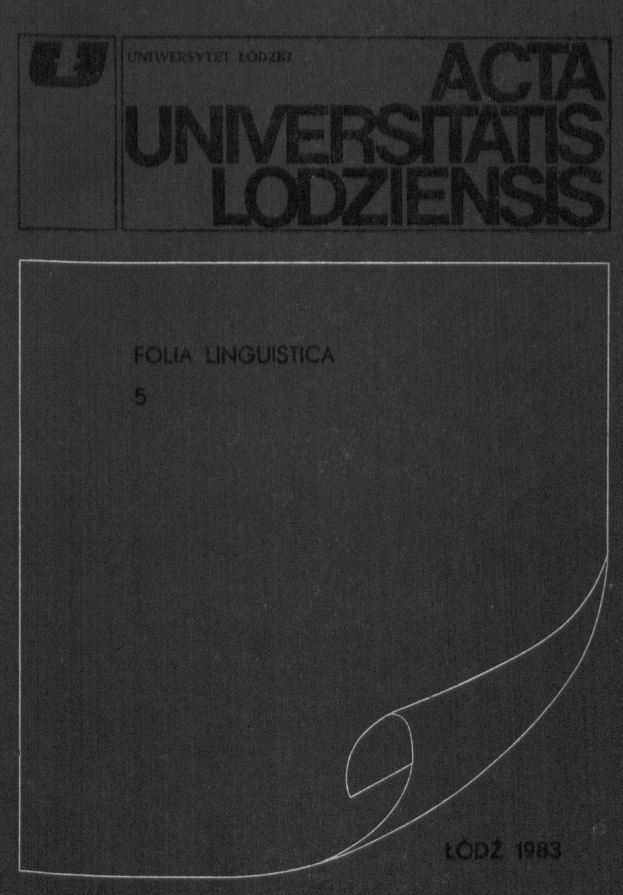Orthografie und Sprache der Banater bulgarischen Bücher
In 1688, the inhabitants of Catholic towns and territories in Bulgaria rebelled against the Turks. A part of these people settled in the Bánát area in Hungary. They were allowed to found schools and print books in Bulgarian. These books were published first in the Latin alphabet in complex-letter Hungarian and Kajkavian Croatian orthography, then in diacritical Croatian spelling. Their historical significance is manifested by the fact that the authors of these books gave the local Bulgarian dialect literary status and, showing an example to follow, moved away from the conservative Cyrillic-letter Old Church Slavonic which had been in use for centuries and largely departed from the vernacular.
More...
